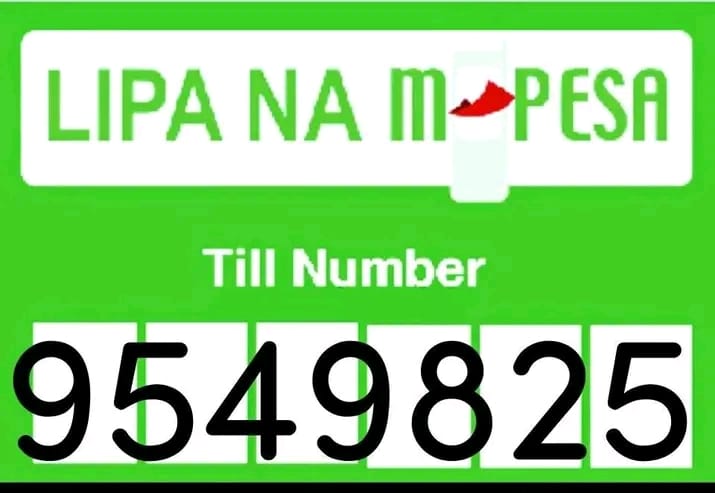
simply amazing, always for you.
We’ve all heard the advice: stop buying lattes, cook at home, unsubscribe from streaming services. But do these popular money-saving tips actually work in real life? I decided to find out.

For one full week, I tried five different money-saving strategies—one per day, no repeats. The idea was simple: test practical hacks that real people could use, without extreme frugality or complicated financial plans. I wanted results, not just good intentions.
Here’s how it went, what I learned, and how much I saved in just five days.
Why I Did This Experiment
Like many people, I’ve been looking for smarter ways to manage my money without feeling deprived. I’m not reckless with spending, but I’ve noticed how fast small purchases can drain a paycheck. So, I set myself a challenge: try out five of the most talked-about money-saving tactics, one each day, and measure the results.
My goals were:
- Test the practicality of each strategy
- Track actual savings
- Reflect on the mental and lifestyle shifts required
Spoiler alert: some of these methods were surprisingly effective—and easier than I thought.
Day 1: The No-Spend Day
The Rule: Spend absolutely nothing for 24 hours. No shopping, no drive-thru coffee, no apps, no impulse buys.
What Actually Happened:
I didn’t think this would be hard—until it was noon and I reached for my phone to order lunch. That’s when I realized how automatic spending had become. I had to remind myself I’d packed leftovers.
Instead of buying a $5 coffee on the way to work, I made one at home. Instead of grabbing a snack mid-afternoon, I brought fruit. I even skipped scrolling Amazon out of boredom.

Money Saved: $18
Key Lesson: Spending isn’t always about need—it’s often about habit or convenience.
Takeaway: Everyone should try a no-spend day once a week. It’s like pressing the reset button on your spending mindset. You’ll be shocked by how often you almost spend without thinking.
Day 2: The Cash-Only Challenge
The Rule: Leave the credit and debit cards at home. Withdraw a fixed amount of cash and only use that.
What Actually Happened:
I took out $40 in cash in the morning and told myself it had to last all day. That meant no tap-to-pay, no mobile wallet, no credit buffer. Every purchase required actual bills.
This one was eye-opening. Physically handing over cash felt more significant than swiping a card. When I saw the $20 bill leave my hand for lunch, I reconsidered whether I even wanted it.
Money Saved: $12
Key Lesson: Digital payments create emotional distance from our money. Cash makes the pain of parting with money feel real.
Takeaway: Want to stop overspending? Start using cash for everyday purchases. It builds discipline fast.
Day 3: Pantry Challenge + Meal Prepping
The Rule: No grocery shopping, no delivery, and no dining out. Only eat what’s already in the kitchen.
What Actually Happened:
Time to get creative. I dug into the back of my pantry and freezer—beans, pasta, rice, frozen veggies. I meal-prepped lunch and dinner from scratch and used up ingredients I forgot I even had.
The meals weren’t gourmet, but they were healthy and satisfying. I resisted the urge to order takeout, even when the cravings hit around dinnertime.
Money Saved: $25
Key Lesson: Your pantry is a goldmine. You probably have enough food to feed yourself for days without spending a dime.
Takeaway: A weekly pantry clean-out not only reduces waste but slashes your food budget. Combine it with meal prepping, and your wallet will thank you.
Day 4: Cancel One Subscription
The Rule: Audit your recurring subscriptions and cancel at least one.
What Actually Happened:
I logged into my online banking and was shocked. Between Netflix, Spotify, a gym membership I rarely use, and a couple of random apps, I was bleeding money monthly.
I paused a $14.99 streaming service I hadn’t used in weeks. I didn’t miss it once.
Money Saved: $14.99
Key Lesson: Subscriptions are the silent killers of budgets. You forget about them—but they never forget about you.
Takeaway: Review your subscriptions every three months. You’ll almost always find one that can go. Even if it’s just $10 a month, that’s $120 a year.
Day 5: DIY Everything
The Rule: If you can do it yourself, you must. No outsourcing.
What Actually Happened:
I did my own manicure, cleaned the entire apartment, and cooked all meals. I even watched a YouTube tutorial to fix a loose cabinet handle. Normally, I’d pay for convenience. Not today.
Sure, it took more time. But I was surprised how satisfying it felt to handle things myself—and how much I avoided spending just by being a little more hands-on.
Money Saved: $35
Key Lesson: We often trade money for time, even when we don’t need to.
Takeaway: DIY isn’t just for the ultra-frugal. It’s a mindset that builds skills, confidence, and financial resilience.
The Final Tally: What I Saved
| Day | Strategy | Amount Saved |
|---|---|---|
| 1 | No-Spend Day | $18 |
| 2 | Cash-Only Challenge | $12 |
| 3 | Pantry + Meal Prepping | $25 |
| 4 | Cancel One Subscription | $14.99 |
| 5 | DIY Everything | $35 |
| Total | $104.99 |
Over five days, I saved $104.99 without drastically changing my life. No budgeting spreadsheets. No financial planner. Just real-world tactics that anyone can try.
What I Learned from This Experiment
Saving money isn’t always about restriction—it’s about awareness. Here’s what this week taught me:
- Habits are stronger than intentions. I didn’t realize how many spending decisions I make on autopilot until I had to stop.
- Convenience has a cost. Quick lunches, streaming services, ride-shares—they add up fast.
- Small changes = big results. Saving $20 a day doesn’t sound like much, but over a month? That’s $600.
- You don’t need to be perfect. You just need to be consistent. Even trying one of these strategies per week can make a noticeable difference.
Would I Do It Again?
Yes—but with some adjustments. I probably wouldn’t repeat every single strategy every week, but I’d pick 2–3 to turn into habits. Specifically:
- Having a no-spend day every Sunday
- Meal prepping on Mondays
- Checking my subscriptions every month
They were easy wins that felt good and made a measurable impact.
Saving Money Doesn’t Have to Suck
You don’t have to give up everything you enjoy to build better money habits. Most people just need a simple, low-pressure way to get started. Trying one new tactic each day made it manageable, not overwhelming.
If you’re trying to save money but hate budgeting or spreadsheets, try a similar experiment. Make it fun. Make it a game. And most of all—make it yours.

Support Our Website!
We appreciate your visit and hope you find our content valuable. If you’d like to support us further, please consider contributing through the TILL NUMBER: 9549825. Your support helps us keep delivering great content!
If you’d like to support Nabado from outside Kenya, we invite you to send your contributions through trusted third-party services such as Remitly, SendWave, or WorldRemit. These platforms are reliable and convenient for international money transfers.
Please use the following details when sending your support:
Phone Number: +254701838999
Recipient Name: Peterson Getuma Okemwa
We sincerely appreciate your generosity and support. Thank you for being part of this journey!
